A scheme typical of Jacques Courtois, known as Borgognone, who was an undisputed leader of this genre, not only in Rome and Florence where he completed his most famous works, but also for all other Italian and even foreign ‘battaglists’, for whom he was a primary point of reference.
However, the figurative manner of our author, even if in the wake of the aforementioned leader of the school, appears more acerbic and crude, although it does not lack the qualities of a specialist in the field with a loose and decisive manner in the delineation of the horses and in the gestures of the combatants, even with effective foreshortenings such as the steed seen from behind on the right side, whose knight in red jacket has his sword in his right hand ready to strike.
Turning to the typological, and at the same time stylistic and pictorial examination of the painting, I believe it can be assigned to the Flemish artist Pieter Hofmans known as the Janissary (c. 1642 Antwerp - Rome 1692), who was recalled by the biographer Luigi Lanzi (Storia pittorica dell'Italia, 6th edition, Milan 1823, II, p. 225) as his only direct follower. 225), as his only direct follower, based firstly on a comparison with the two large ‘Battles between European and Turkish armies’, already in the Sciarra collection, and later in the Almagia collection (see catalogue edited by R.E. Spear, Renaissance and Baroque Painting, Bozzi ed, Rome 1972, nos. 37-38, pp. 74-75), which constituted the first essential evidence for the recovery of this ‘battaglista’, as I expounded in the volume I edited on I Pittori di Battaglie. Maestri italiani e stranieri del XVII e XVIII secolo, De Luca ed., Roma 1999, pp. 354-355). In fact, there are very close parallels in the delineation of the horses between the painting examined here and the ‘Almagià’ pair.
Pieter, after having been a pupil of Nicolas I van Eyck in his homeland, left for Italy around 1660, settling in Rome where he married Margherita Gambari in 1682. But he had previously travelled to Turkey, apparently with the landscape painter Zurniter; an experience from which he probably derived his nickname in Janitzer's Roman Bent, although N. Houbraken, who included him in his poem on the Bentvueghles, writes that the nickname was given to him because he stood up straight like a Swiss janissary.
However, the cognition of this overlooked ‘battler’ can be broadened with new recoveries to his hand of convincing relevance. In particular with the pair of remarkable small paintings that I was able to examine directly - a nocturnal ‘Battle’ and a ‘Flag-waver’, later sold at Sotheby's in Milan in 2004 - on the original frame of which is the coeval inscription ‘Di Monsieur Giannizzaro Scolare del Padre Giacomo’ (as we know, Jacques, in Italian Giacomo, entered the Society of Jesus in 1658), and which might otherwise have been mistaken for works by Courtois.
However, even though it is certainly not yet possible to fix a developmental path for Hofmans, I believe that the present ‘Battle’ should belong to the early years of his Roman phase, as it is still linked to a figurative imprint of Nordic taste.
The paintings and works of art published here are my exclusive property and therefore are always available to be viewed, by appointment, in my exhibition sites located in Sanremo and Brescia.
This item , like all our objects, is sold accompanied by a photographic certificate FIMA of authenticity and lawful origin; this document identifies the object by adding more value to the article.
We take care and personally organize the packaging and shipping of our items with insurance all over the world.
Mr. Riccardo Moneghini
Art Historian















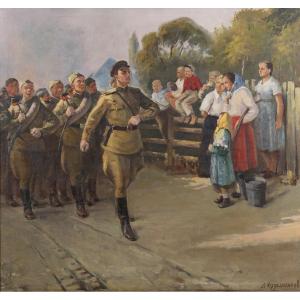





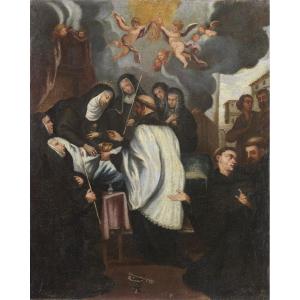

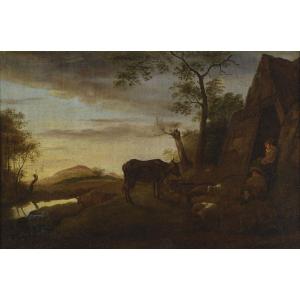
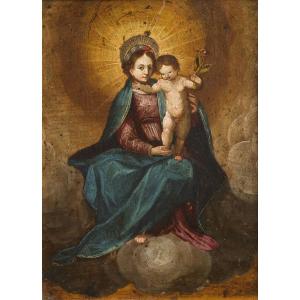


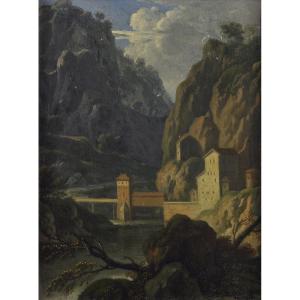


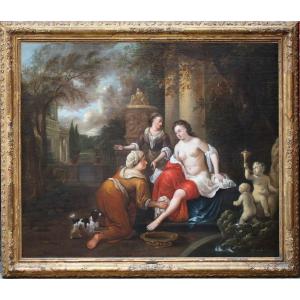







 Le Magazine de PROANTIC
Le Magazine de PROANTIC TRÉSORS Magazine
TRÉSORS Magazine Rivista Artiquariato
Rivista Artiquariato